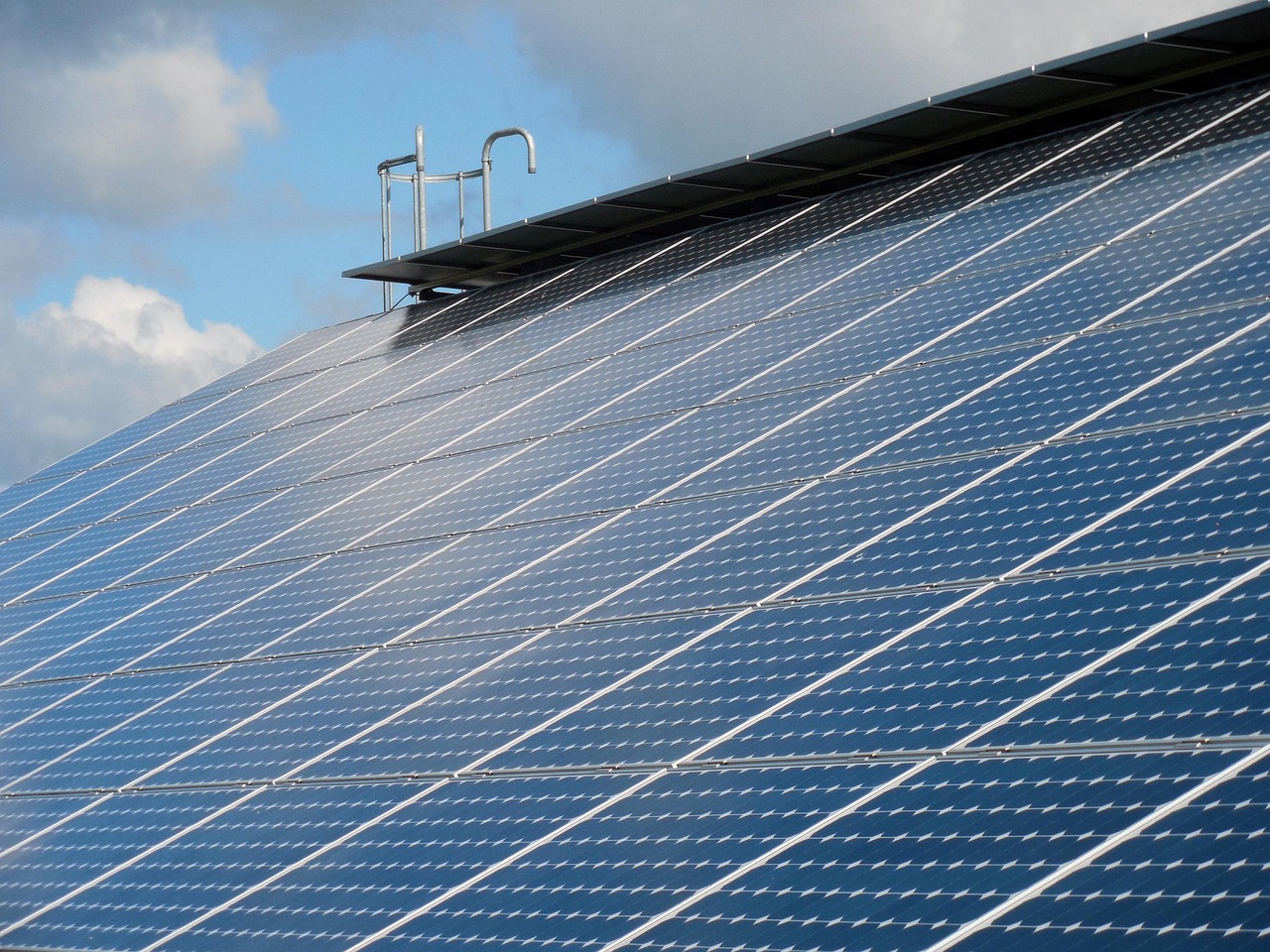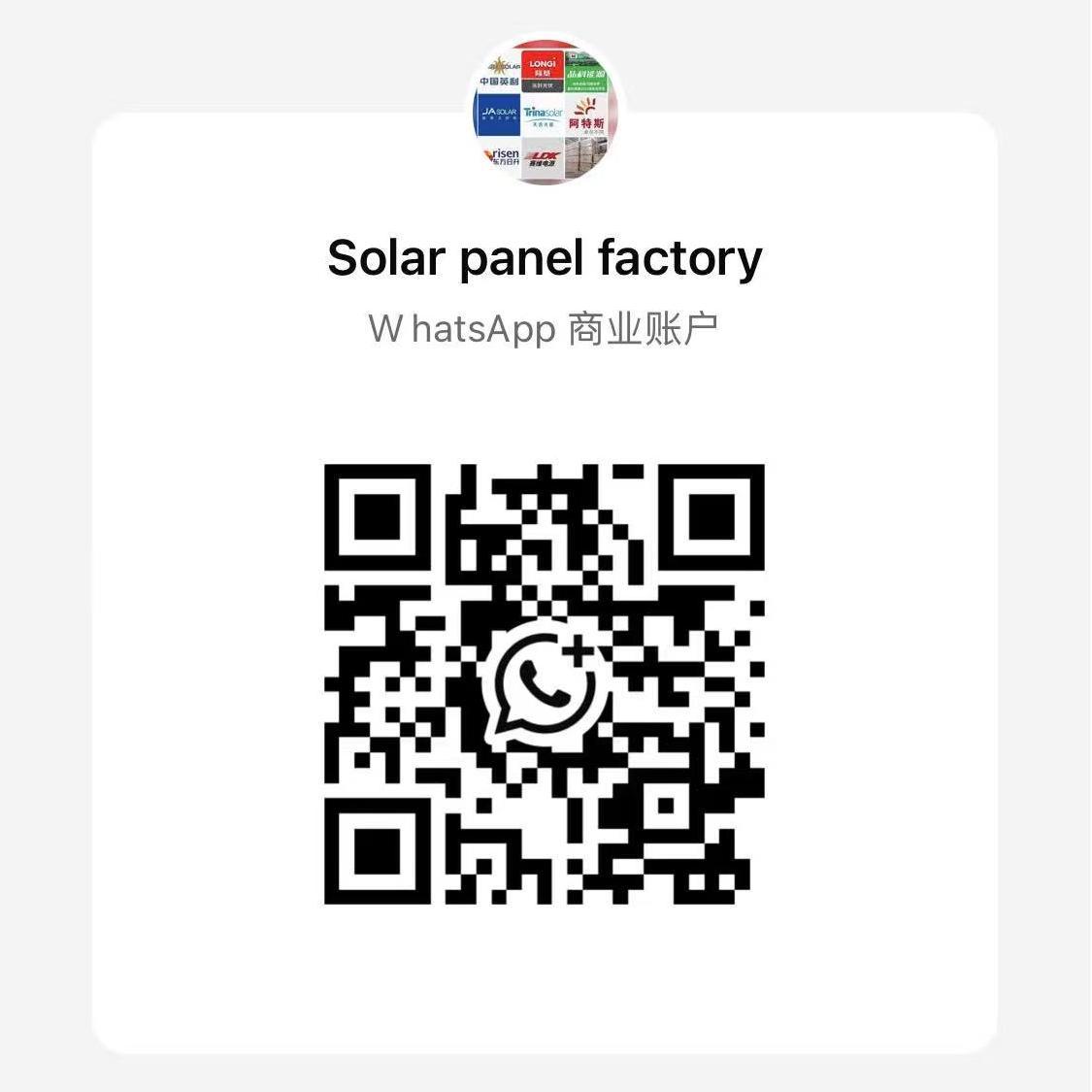About Us
Do monocrystalline solar panels require regular cleaning and maintenance?
Views : 452
Update time : 2021-12-24 13:12:00
Quality is core value for every companny, xxx Hardware & Plastic has postivie feedback for quality products from customer by below actions:
•Each order is inspected and double-checked by QA as well as the Shipping Manager to insure quality and accuracy
•StDuring the daily use of monocrystalline solar panels, the impact of environmental factors on their surface cannot be ignored. Over time, dust, leaves, bird droppings and other external pollutants may adhere to the panels, affecting their normal operation.
When cleaning, appropriate methods should be used to avoid damage to the panels. Usually, clean water with a soft cloth or sponge can remove dust on the surface. If the pollution is more serious, a mild detergent can be used appropriately, but avoid using highly corrosive chemicals to avoid damaging the surface material of the panels. In addition, excessive pressure should be avoided during cleaning to prevent surface damage caused by external forces.
In addition to cleaning, regular maintenance is equally important. Checking whether the connection parts of the panels are firm, whether the brackets are stable, and whether the lines are intact can help improve the reliability of the equipment. During long-term operation, components may become loose or poorly connected due to changes in the external environment. Therefore, timely detection and treatment of these situations can help reduce operating risks and ensure that the equipment remains in good working condition.
The installation angle and orientation of the panel will also affect its dust accumulation. At certain angles, rainwater can play a certain self-cleaning role and help wash away some pollutants on the surface. However, in arid or low-precipitation environments, it may be difficult to completely remove the attached dirt by relying on natural precipitation. Therefore, according to the different use environments, a reasonable arrangement of the cleaning frequency can better maintain the working condition of the equipment.
For different environmental conditions, a reasonable maintenance plan can extend the use time of the equipment and maintain its stable output. For large-scale application scenarios, such as solar power stations, a more systematic cleaning and maintenance method may be required, such as using automatic cleaning devices or a dedicated maintenance team for regular inspections. For home users, a reasonable cleaning cycle can be formulated in combination with the local climate and usage.
Proper cleaning and maintenance not only help maintain the photovoltaic conversion capacity of the panel, but also reduce the possibility of failure, so that it can maintain good operating condition for a longer period of time. Comprehensively considering environmental factors, usage scenarios and equipment characteristics, and formulating scientific and reasonable cleaning and maintenance plans is an effective way to ensure the long-term and stable operation of solar panels.
相关新闻
 Photovoltaic industry industry chain
Photovoltaic industry industry chain
Dec 24,2021
The structure of the photovoltaic industry chain: The photovoltaic industry chain includes crystalline silicon raw material production, silicon wafer cutting, battery manufacturing and assembly, system integration and other links.
Cost drivers: The main drivers of the cost structure include system depreciation, energy and silicon raw materials.
Supply chain and market development: The situation of the photovoltaic industry supply chain, the current status and challenges of market development, including the demand for silicon raw materials and silicon wafers, and the profitability of photovoltaic power station operations.
Future development direction of the industry: The medium-term development goal of the photovoltaic industry is the operation of market-oriented photovoltaic power stations and BIPV, but it is currently facing the challenge of insufficient profitability.
 It is predicted that the global annual photovoltaic installed capacity will reach 1TW by 2028
It is predicted that the global annual photovoltaic installed capacity will reach 1TW by 2028
Dec 24,2022
Global PV installations in 2023 reached a record 447 GW, an 87% increase from 2022. China dominated with 57% of installations (253 GW), followed by the US (32.4 GW). European demand surged due to energy price increases, with small-scale PV installations reaching 18 GW. While cumulative capacity is projected to reach 2 TW by year's end and annual installations of 1 TW by 2028, the lack of emerging market participation suggests potential future growth slowdown.

